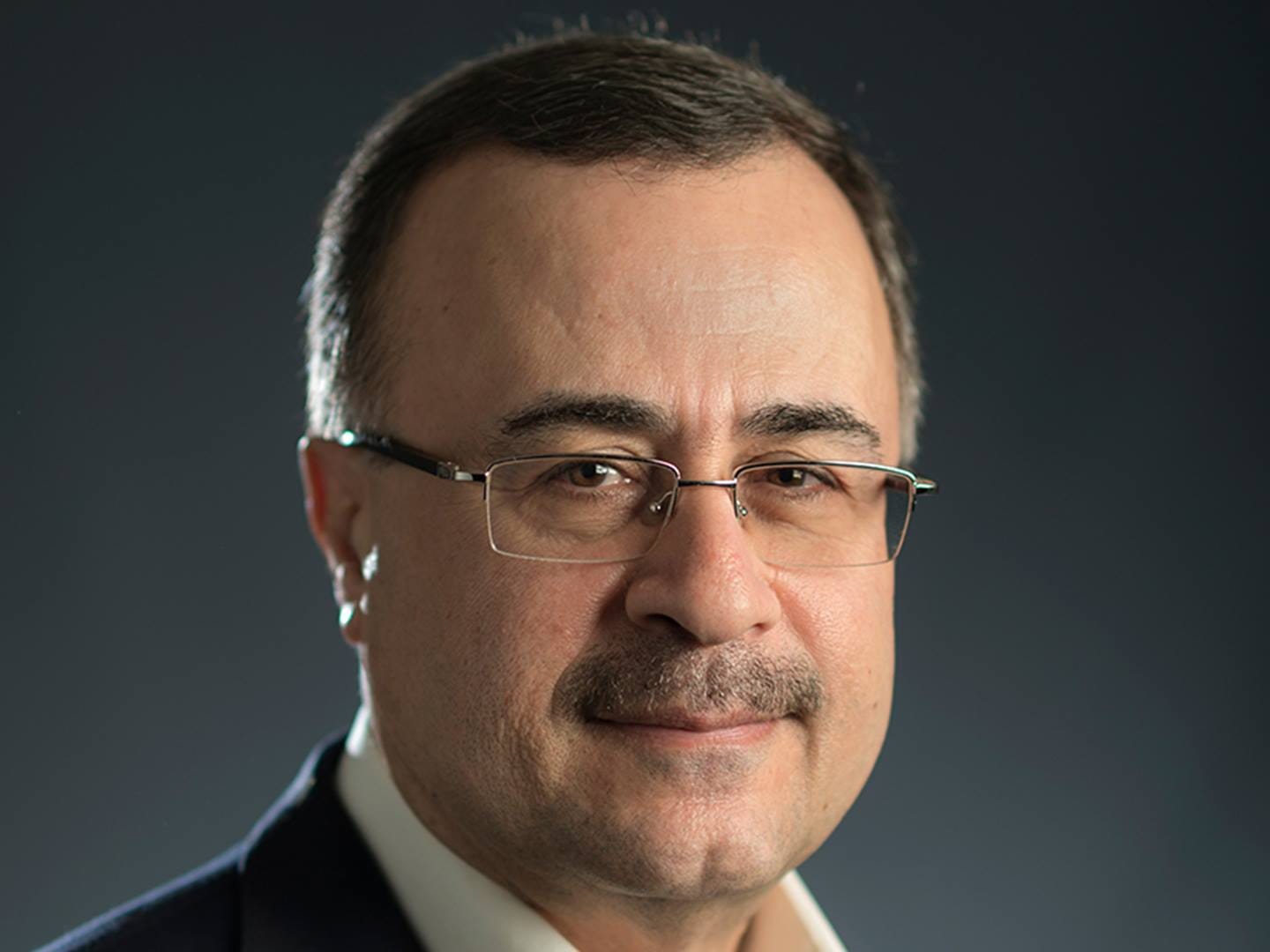Remarks by Amin Nasser, President & CEO, Saudi Aramco
Your Excellencies, distinguished guests, ladies and gentlemen, zao shang hao and good morning.
Let me first thank His Excellency Miao Wei for sharing his insights.
It’s a great pleasure to be on this panel with you and my colleagues: Ajay and Pierre, as well as Dieter.
We in Saudi Arabia have been closely following China’s three defining strategic economic initiatives – “Go Global”; “Belt and Road”; and “Made in China 2025”.
That interest has only intensified with last year’s launch of “Saudi Vision 2030” and the parallels it has with all three.
As a result, enormous opportunities are opening up for our countries and companies to capture, and today I want to reflect on three that I believe can help make a huge difference in our societies.
Opportunity 1: Two-Way Investment Opportunities
The first opportunity is about enhancing two-way investment flows between our two countries, which would help with both “Go Global” and “Belt and Road”, as well as our own Vision.
On the one hand, Chinese companies can strategically benefit from the Kingdom’s location on the Maritime Silk Road by establishing manufacturing, logistical, and R&D bases, especially on the west coast of Saudi Arabia.
From there, they can easily access large markets in the wider Middle East North Africa region, all the way up to Europe.
They can also easily access the Kingdom’s vast energy resources and supplies of petrochemicals.
Equally, with the right opportunities, we would like to further strengthen and deepen our energy supply relationship, and significantly multiply our investments in China, particularly in the downstream sector.
Opportunity 2: Paris Agreement, Mobility, Hydrogen and CCUS
The second opportunity is that, even a quarter of a century from now, we anticipate that hydrocarbons will still be meeting three-quarters of the world’s primary energy demand.
It means all energy sources will be needed for several decades to come, as we slowly transition to alternatives.
However, we must deal with carbon emissions in line with our commitments to the Paris Agreement on Climate Change.
This is where hydrogen and Carbon Capture, Utilization, and Storage, could be game-changers for Saudi Arabia and China.
Although hydrogen currently comes mostly from gas it could increasingly come from oil and coal.
And if Carbon Capture, Utilization, and Storage and hydrocarbons can be made to work together, then green hydrogen is within our reach.
That has the potential to revolutionize future mobility; in fact hydrogen-based fuel cell vehicles are not far behind electric vehicles.
And it does not stop there: hydrogen-based fuel cells also have the power to revolutionize electric power generation.
In other words, when combined with Carbon Capture, Utilization, and Storage, the Kingdom could convert its vast oil and gas resources into clean hydrogen-based mobility and power.
And China could convert its vast coal resources into clean hydrogen-based electricity.
What we need urgently are more advanced and economically viable technologies.
That is what we are focusing on at Saudi Aramco.
But I believe our two nations should join forces to make these strategic technologies a reality as soon as possible.
So I wanted to extend that invitation personally here today.
In the interim (as Your Excellency, and my fellow panelists will appreciate) Saudi Aramco is focusing on integrated engine-fuel systems of the future – such as the Gasoline Compression-Ignition engine – that will greatly increase mileage efficiency while reducing carbon emissions.
These technologies can also benefit the heavy duty internal combustion turbines for power generation.
And all of this aligns closely with “Made in China 2025”.
Opportunity 3: Non-Combustible Uses of Oil
The third opportunity is “non-combustible” uses of oil to turn it into a variety of new materials.
At Saudi Aramco, we are particularly excited about our “Crude Oil-to-Chemicals” initiative which aims to directly convert crude oil into petrochemicals, eliminating the entire refining step of the process.
This could change the competitive dynamics of petrochemical feedstocks and assist in developing advanced new materials as well as new uses.
This too, I believe, will have a positive impact as part of the ten focus areas for “Made in China 2025”.
And given China’s pioneering work on coal-to-chemicals, the case for collaboration in this area is perhaps strongest of all.
Conclusion
Ladies and Gentlemen, the parallels between China and Saudi Arabia’s vision for future success are unleashing great opportunities for Chinese and Saudi companies.
We can draw on each other’s strengths.
This year’s CDF in particular has greater significance for Saudi Aramco, taking place only days after the historic state visit of the Custodian of the Two Holy Mosques, King Salman, to China.
As President Xi said during the state visit, both our countries should deepen cooperation in the energy sector.
Saudi Aramco stands ready: for opportunities to invest; opportunities to collaborate; and opportunities to bring our two nations even closer together.
Let us seize them and advance the transformation process for our two countries, and indeed the world.
Or as Premier Li described it earlier this month in delivering the work report during the National People’s Congress, let us help the butterfly emerge from the chrysalis.
Thank you, and xie xie

.jpg?cx=0.5&cy=0.5&mw=10)


